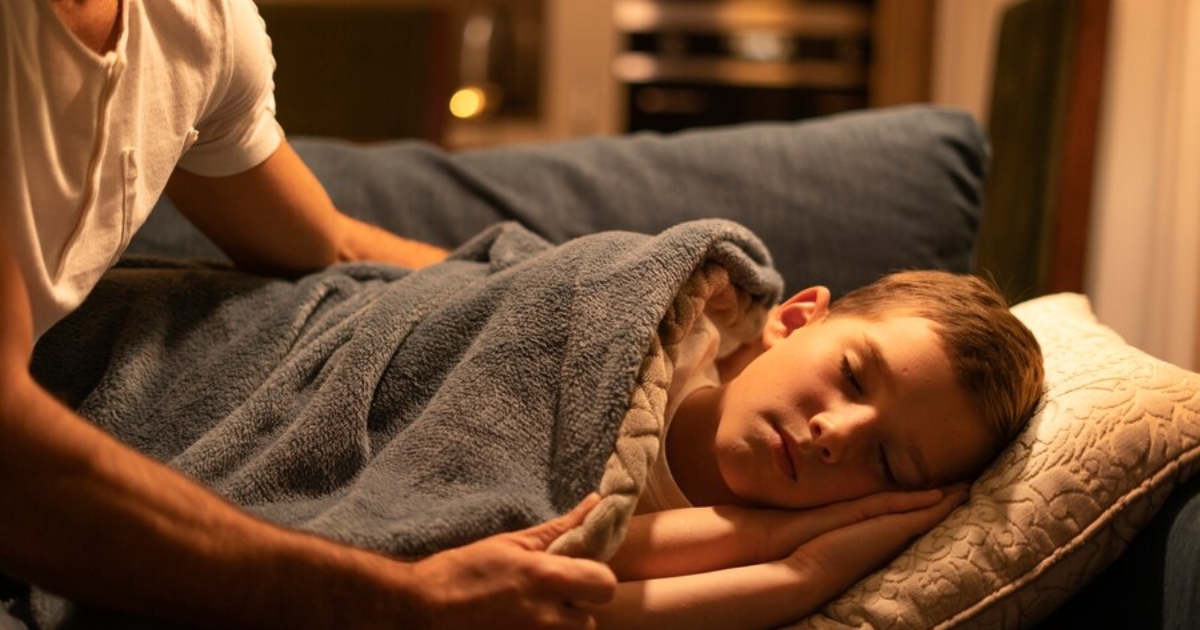10242 Greenhouse Rd #1002 Cypress, TX 77433
Autism and Sleep Disorders: Tips for Better Bedtime Routines

Sleep is a cornerstone of our well-being, a crucial aspect that affects every facet of our lives. For individuals with autism spectrum disorder (ASD), the relationship with sleep can be intricate, often marred by challenges such as insomnia, irregular sleep patterns, or night awakenings. Crafting a bedtime routine tailored to the unique needs of those on the spectrum is essential not only for their quality of life but also for the well-being of their caregivers. In this comprehensive guide, we will delve into the intricacies of autism and sleep disorders. With this informative blog, we’ll also provide invaluable insights and expert-backed tips to create better bedtime routines.
Understanding Autism and Sleep Disorders
Autism spectrum disorder (ASD) is a neurodevelopmental condition characterized by a range of challenges in social interaction, communication, and behavior. Individuals on the autism spectrum often experience a unique set of circumstances that can impact their relationship with sleep. Understanding the nuances of autism and its connection to sleep disorders is crucial for developing effective strategies to enhance the quality of sleep in this population.
Sensory Sensitivities
Many individuals with autism have heightened sensory sensitivities. This means they may be more acutely aware of stimuli in their environment, such as lights, sounds, or textures. When it comes to sleep, these sensitivities can contribute to difficulties in settling down and maintaining sleep throughout the night. Creating a sleep environment that addresses these sensitivities is essential.
Anxiety and Overstimulation
Anxiety is a common co-occurring condition in individuals with autism. The challenges associated with social interactions and changes in routine can lead to heightened anxiety levels. This is found to be particularly prominent during the evening hours. Anxiety can manifest as difficulty falling asleep, frequent night awakenings, or restless sleep. Establishing a calming pre-sleep routine can be instrumental in alleviating anxiety and promoting a more relaxed transition to sleep.
Melatonin Imbalance
Melatonin, a hormone that regulates sleep-wake cycles, can be dysregulated in individuals with autism. This can result in difficulties falling asleep or staying asleep. Understanding the individual’s natural circadian rhythm and considering melatonin supplementation under the guidance of a healthcare professional can be a part of the holistic approach to improving sleep.
Expert Tips for Crafting Bedtime Routines
Establish Consistency
Maintaining a consistent sleep schedule is fundamental for individuals with autism treatment. This involves going to bed and waking up at the same time every day, even on weekends. Consistency helps regulate circadian rhythms. Also, this makes it easier for the individual to feel sleepy and wakeful at the appropriate times naturally.
Create a Visual Schedule
Many individuals with ASD benefit from visual cues and routines. Create a visual schedule that outlines the steps of the bedtime routine. This visual aid can provide a clear and predictable sequence of activities, reducing anxiety and aiding in the transition to sleep.
Gradual Wind-Down
Instead of an abrupt transition from stimulating activities to bedtime, incorporate a gradual wind-down period. Engage in calming activities such as reading a book, listening to soft music, or dimming the lights. This signals to the body that it’s time to relax and prepares it for sleep.
Use Sleep Aids Wisely
While it’s essential to consult with healthcare professionals, certain sleep aids, such as weighted blankets, can provide comfort and a sense of security for individuals with autism. Experimenting with different aids under professional guidance can help identify what works best for the individual.
Incorporate Sensory-Friendly Bedding
Invest in sensory-friendly bedding, such as soft and breathable fabrics. Consider the individual’s sensory preferences—some may find comfort in certain textures, while others may prefer seamless or tagless options. Creating a comfortable sleep environment is crucial for promoting relaxation.
Encourage Physical Activity
Incorporate regular physical activity into the daily routine, preferably earlier in the day. Exercise can contribute to better sleep by promoting the natural release of melatonin and reducing anxiety. However, avoid vigorous activities close to bedtime.
Establish a Calming Bedtime Routine
Design a calming bedtime routine that includes activities the individual enjoys. This could involve reading a favorite book, taking a warm bath, or engaging in relaxing sensory activities. Consistency in the routine helps signal the body that it’s time to unwind.
Collaborate with Healthcare Professionals
Work closely with healthcare professionals, including pediatricians, sleep specialists, and therapists, to create a comprehensive and tailored approach to managing sleep challenges. These professionals can provide personalized insights and guidance based on the individual’s unique needs.
Navigating the intersection of autism and sleep disorders requires patience, understanding, and a tailored approach. By implementing these expert tips into bedtime routines, caregivers and individuals on the spectrum can pave the way for more restful nights and improved overall well-being. Remember, small changes can make a significant impact. Also, with dedication, a peaceful night’s sleep becomes an achievable reality.

